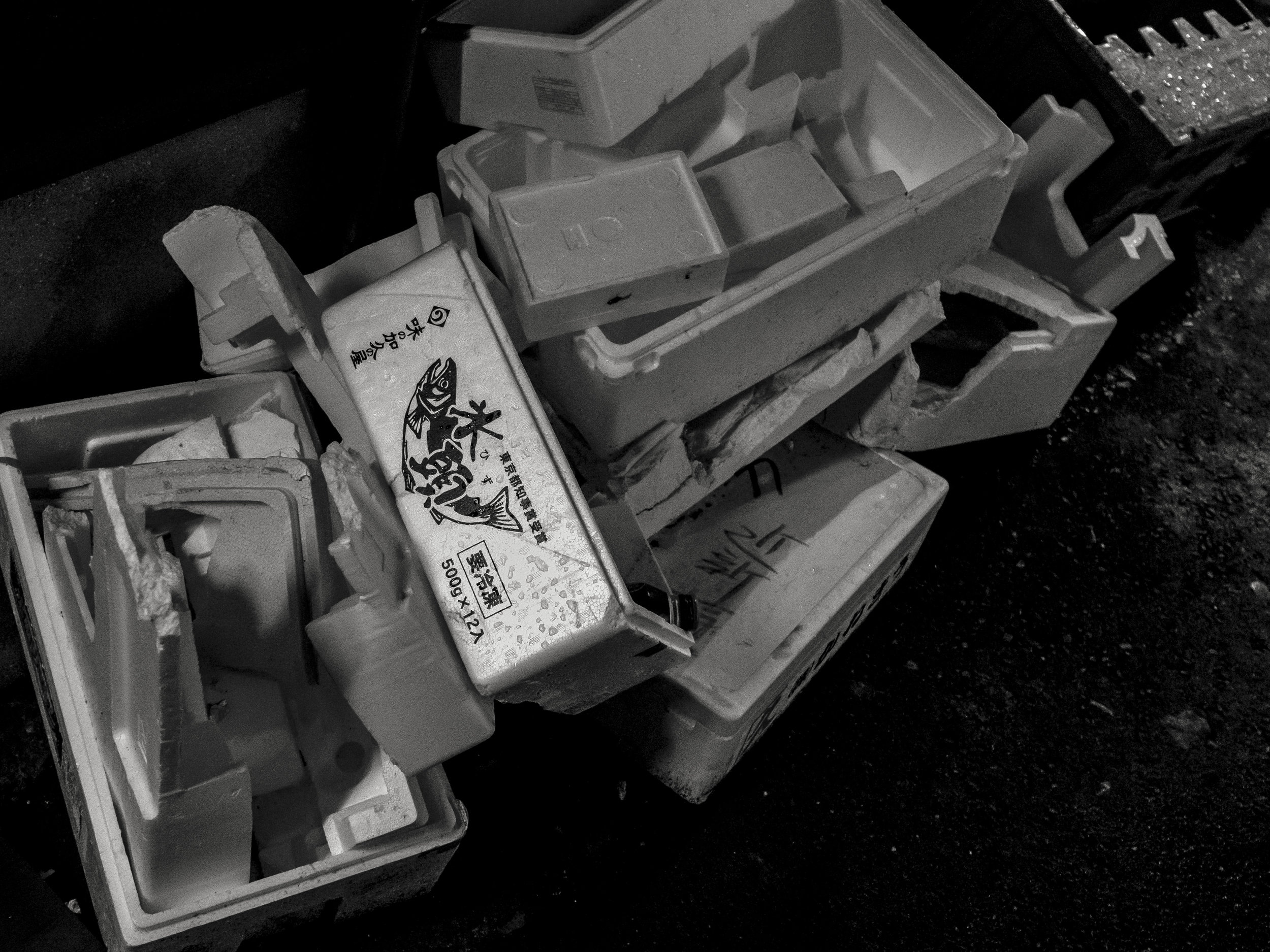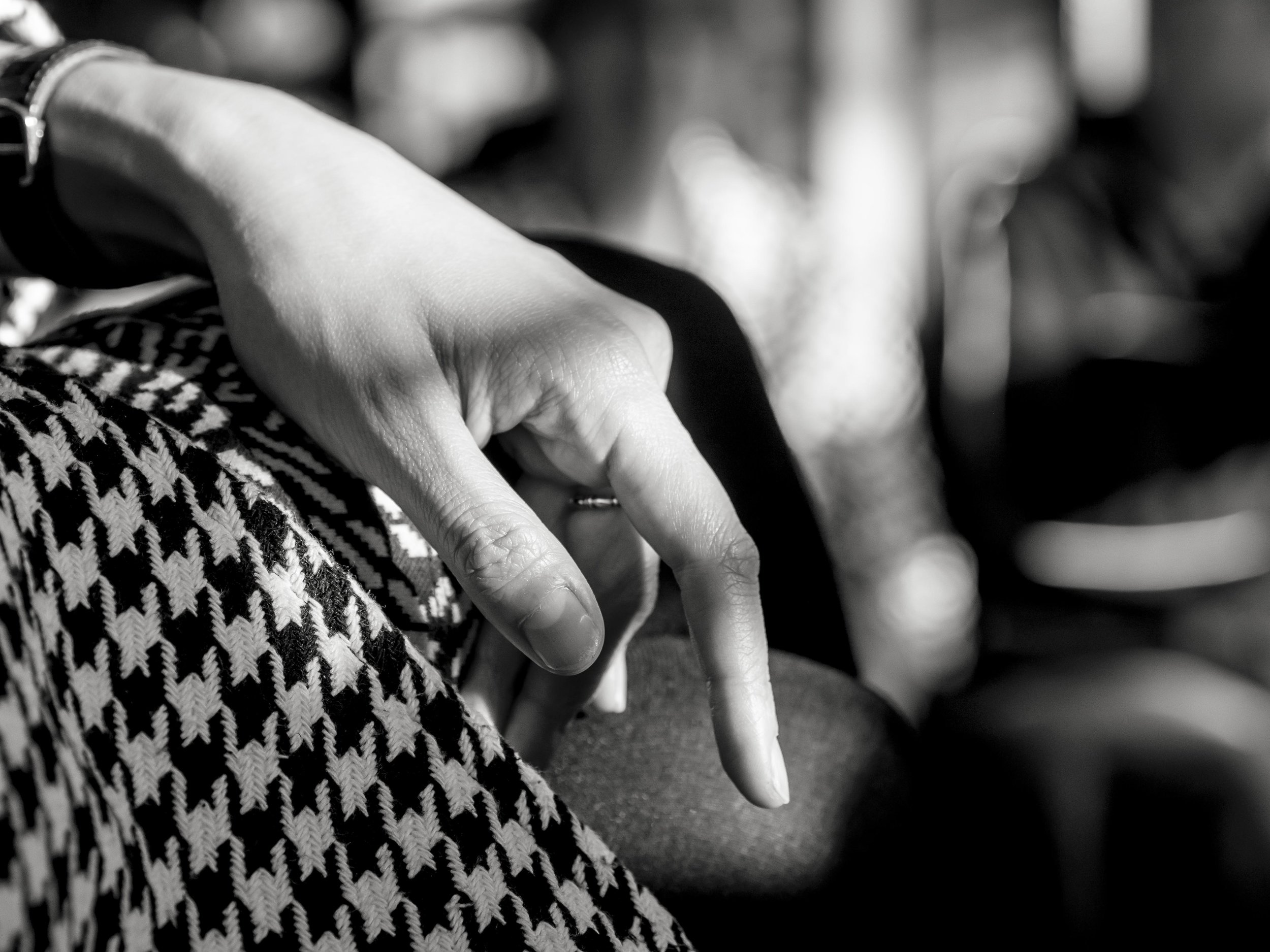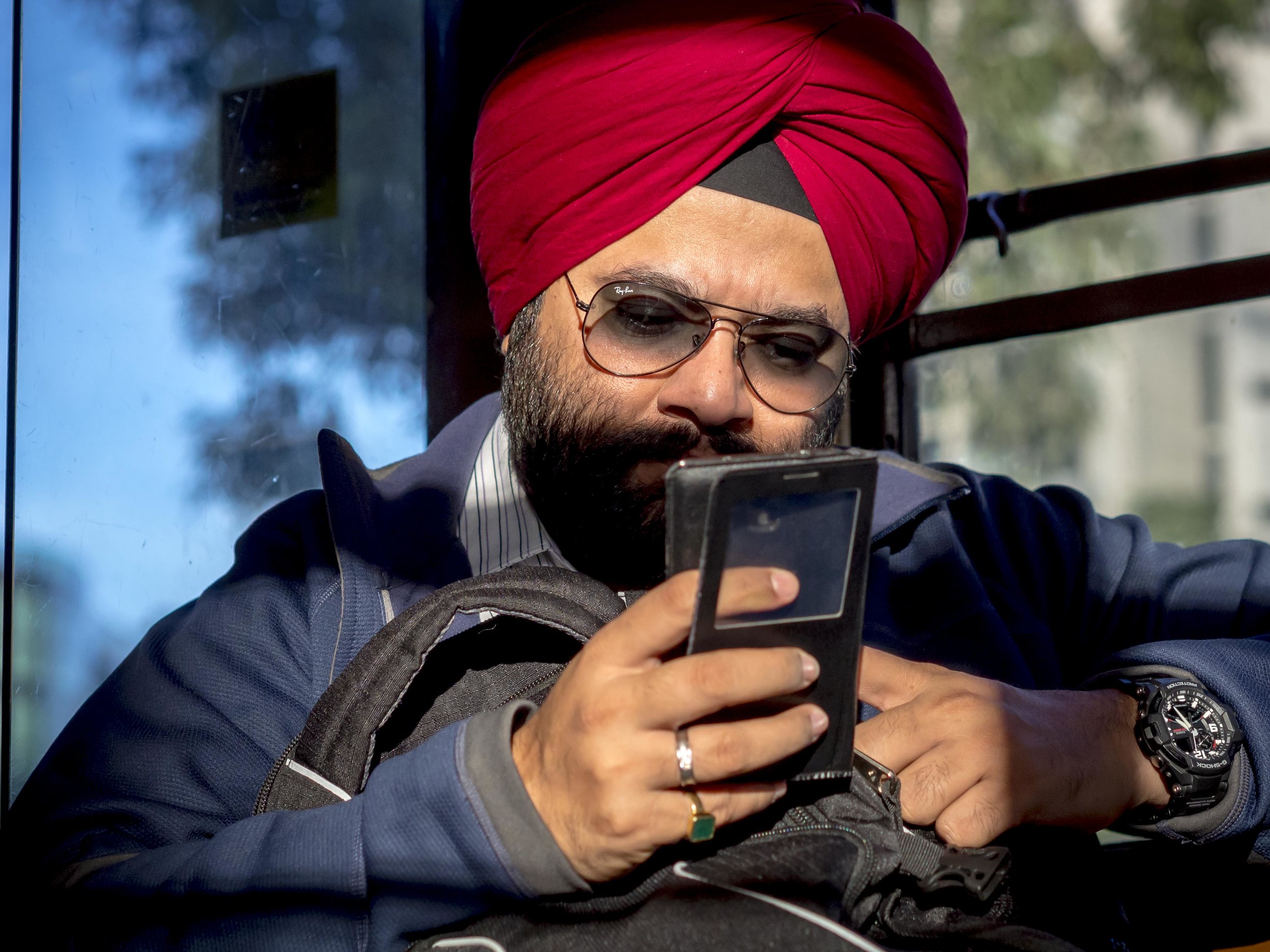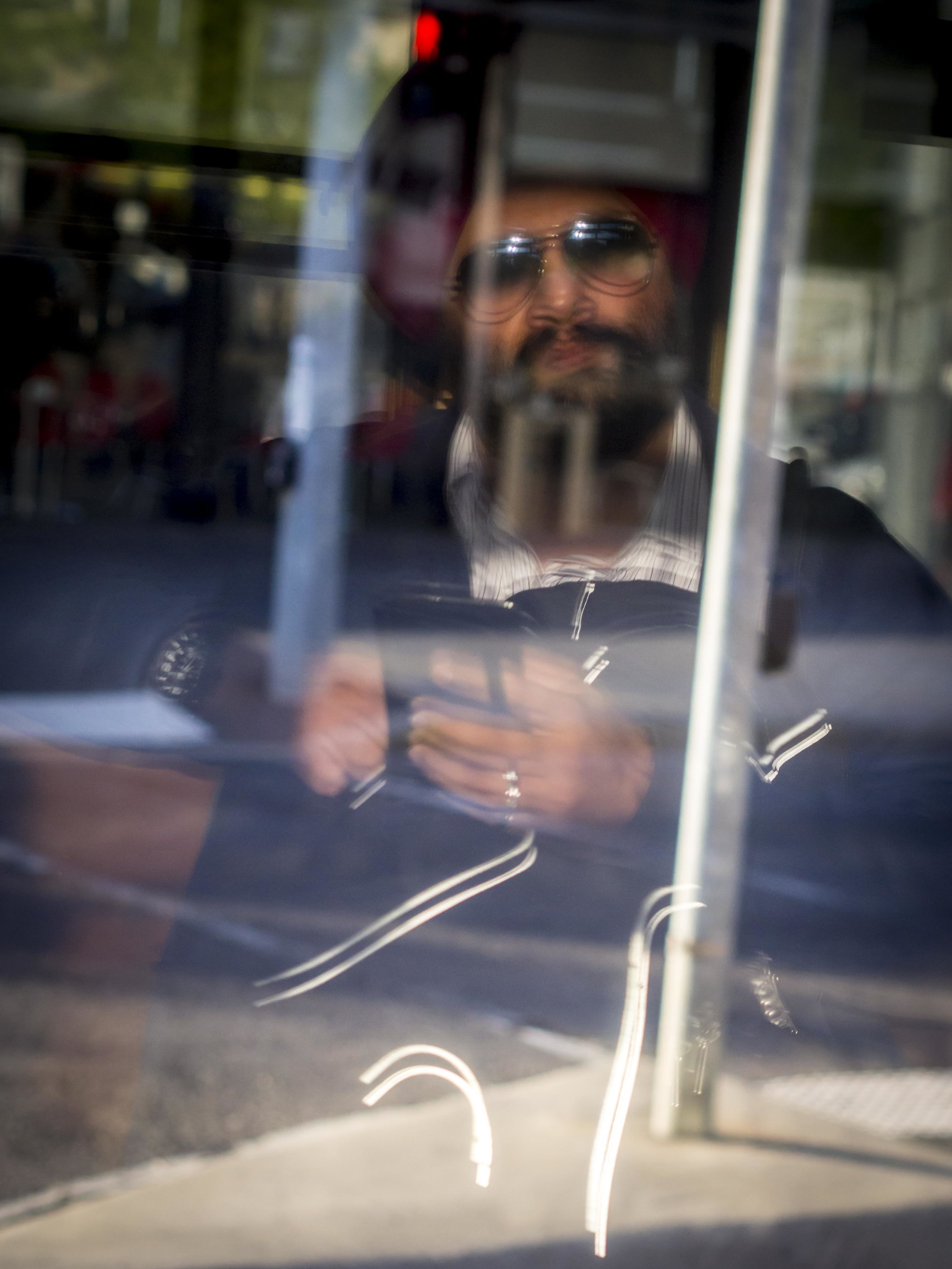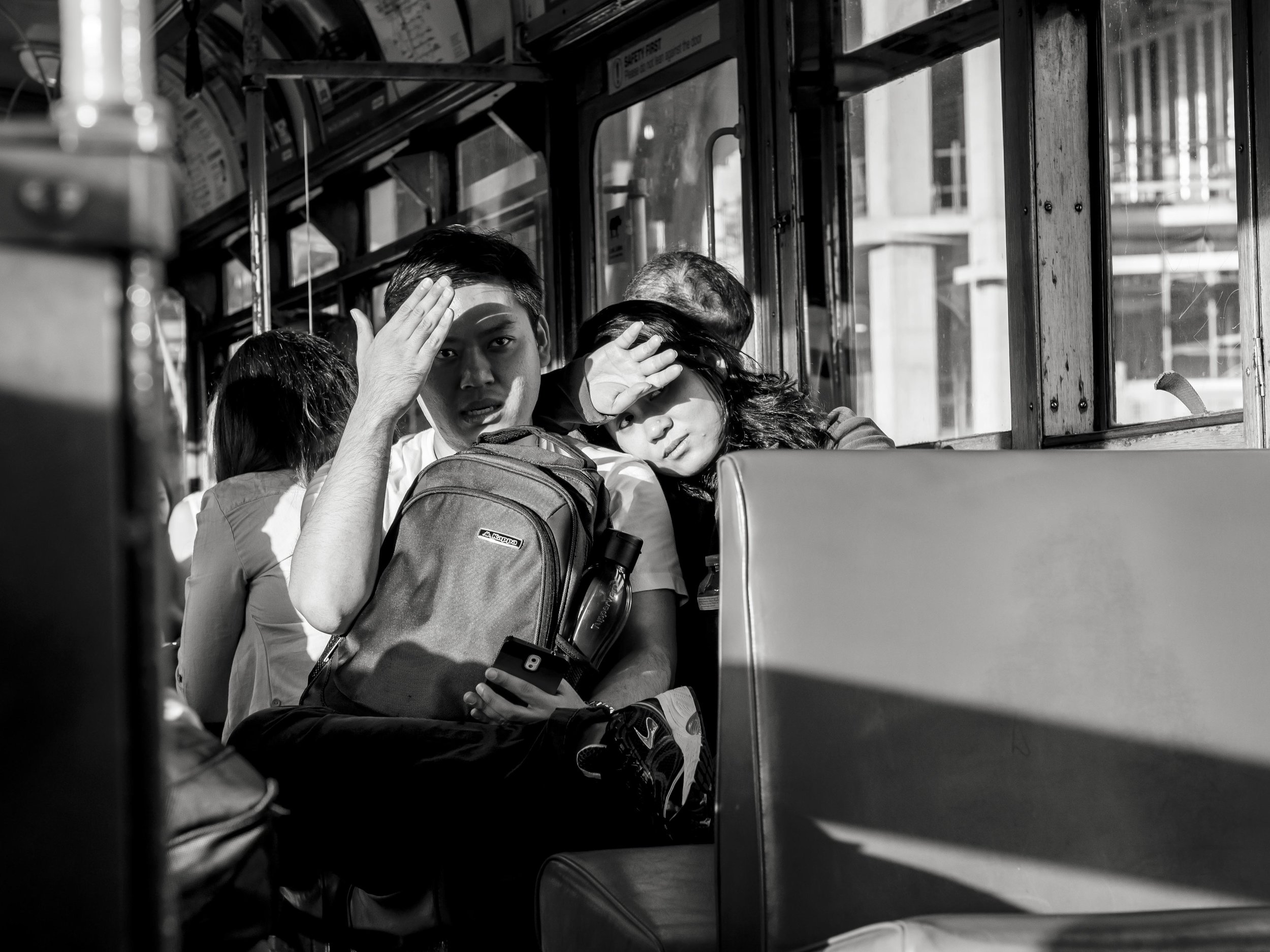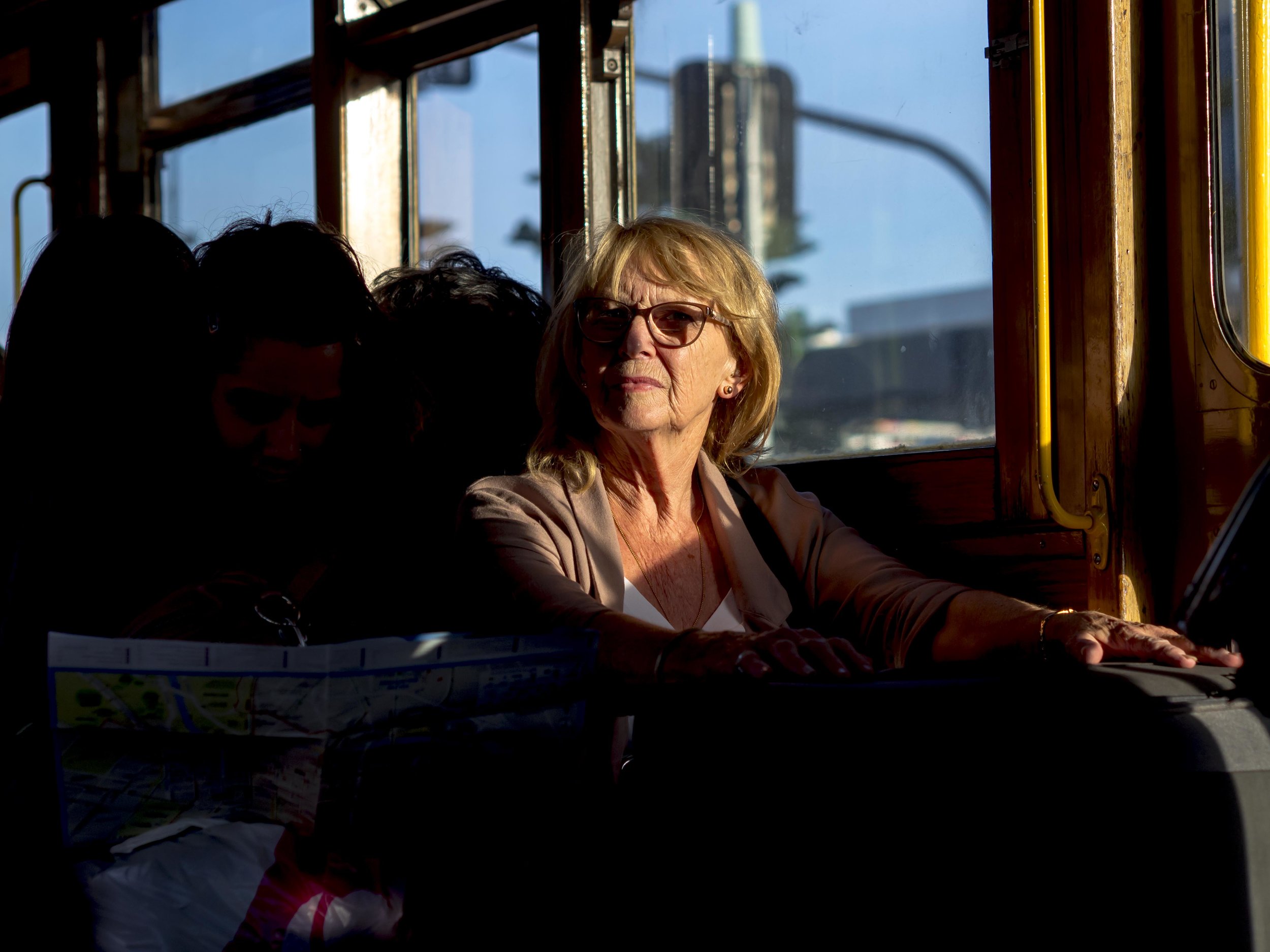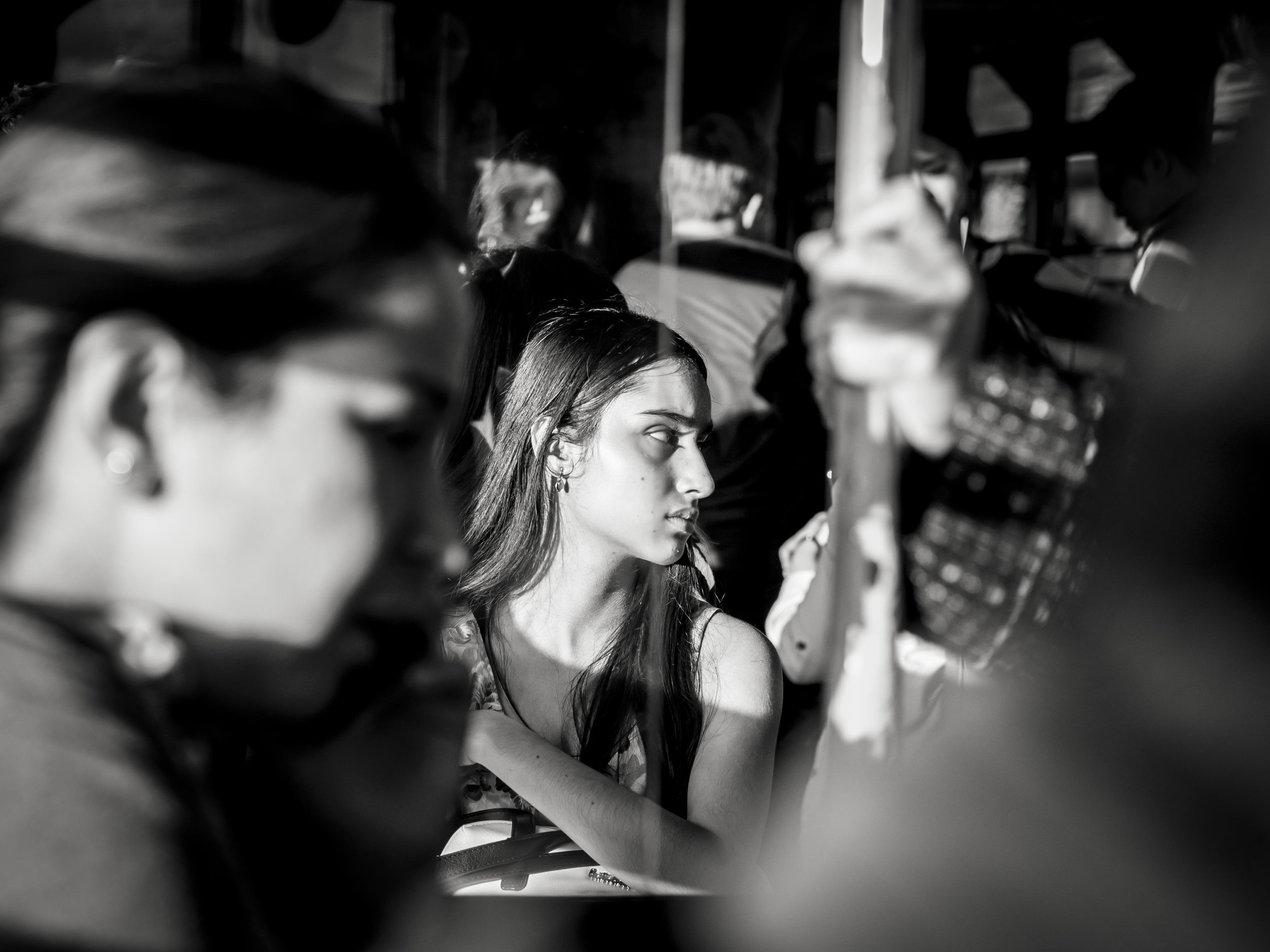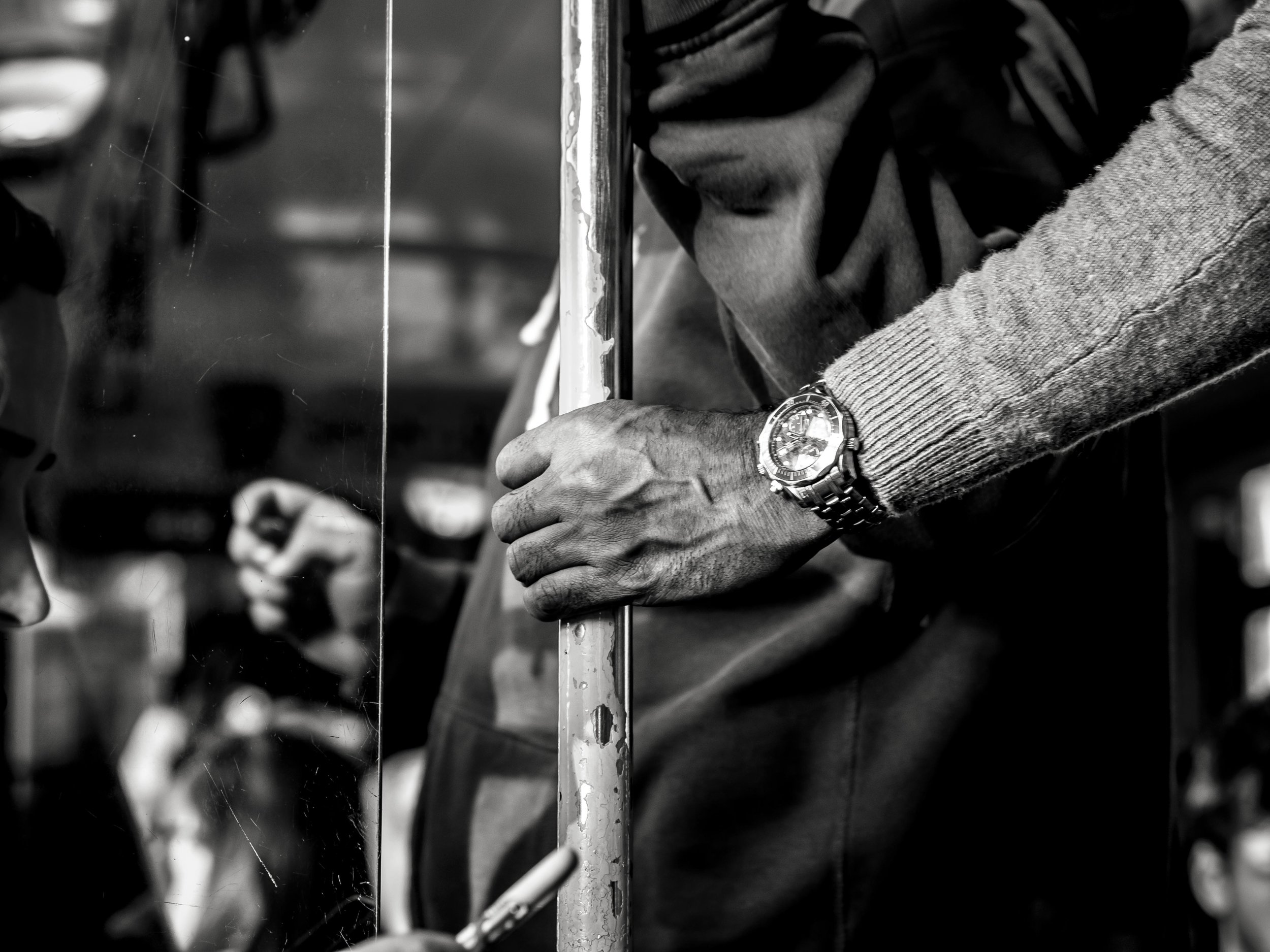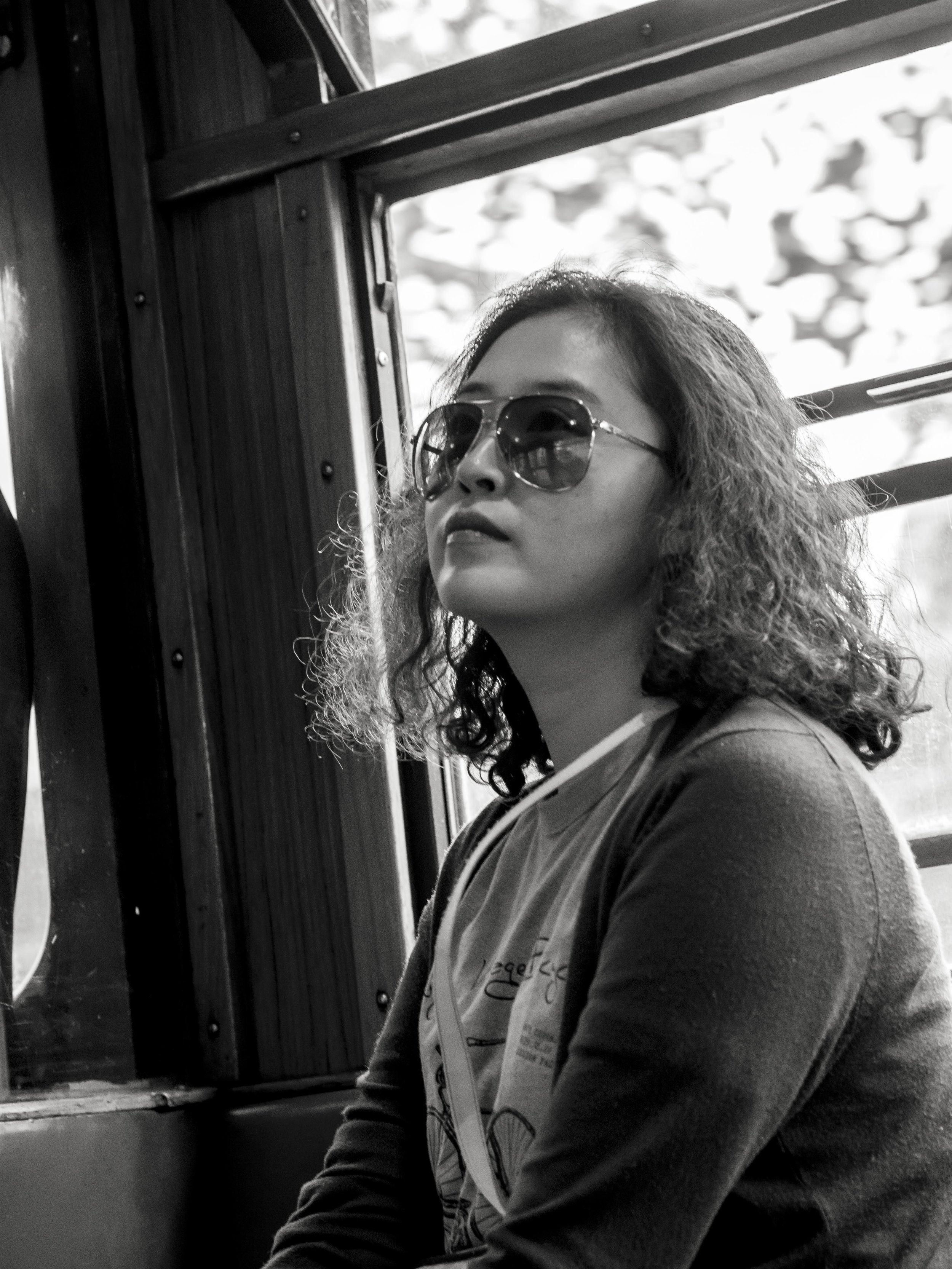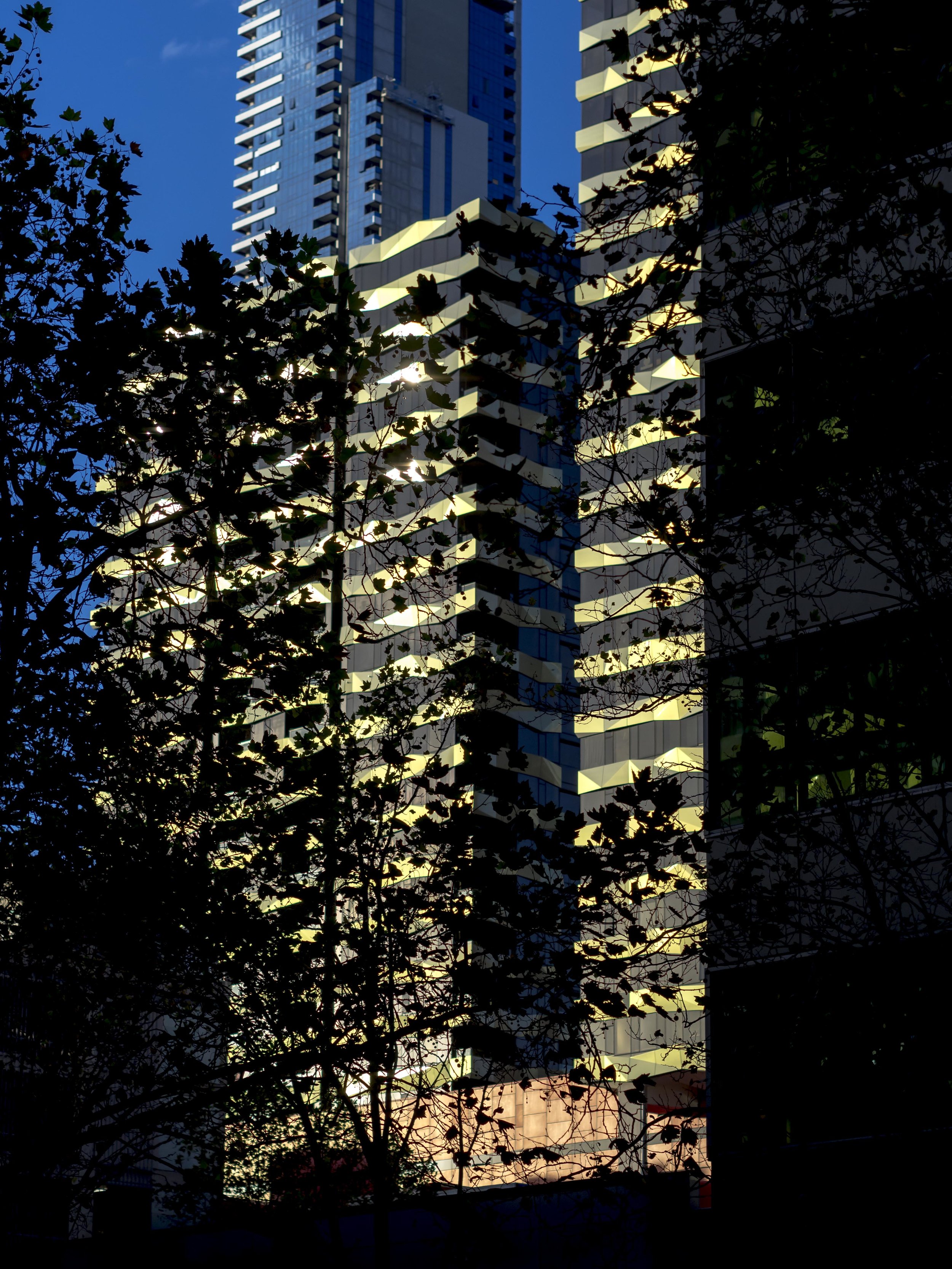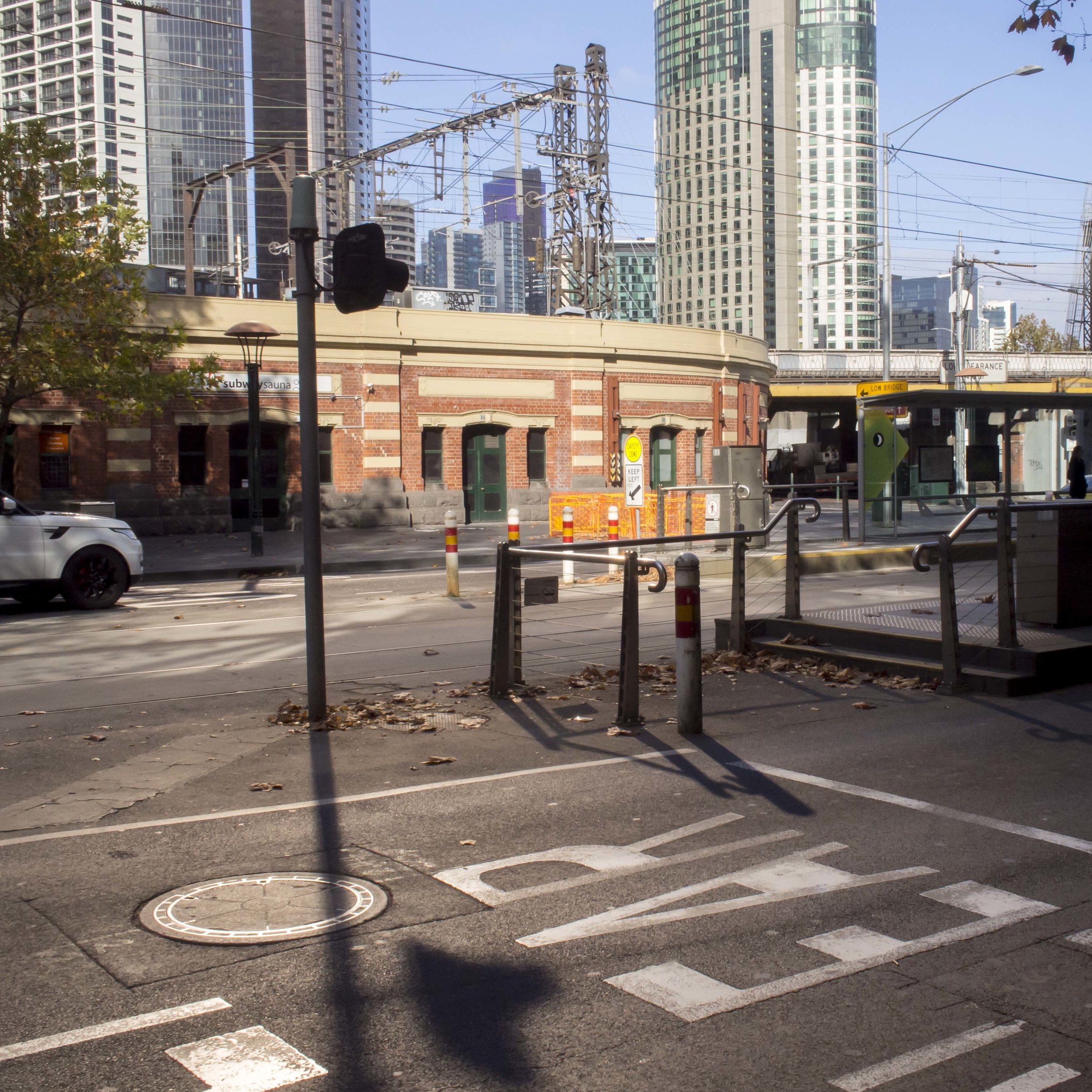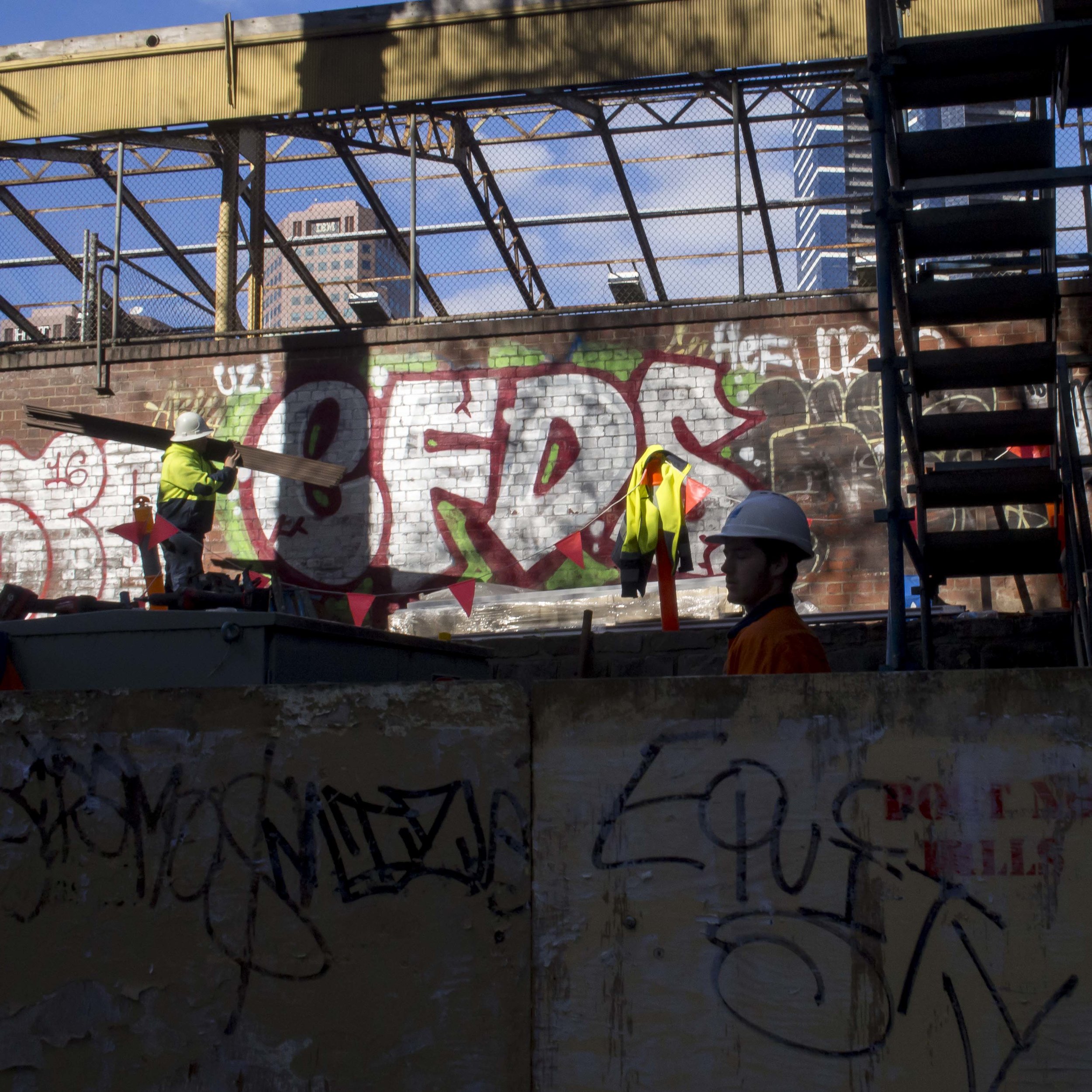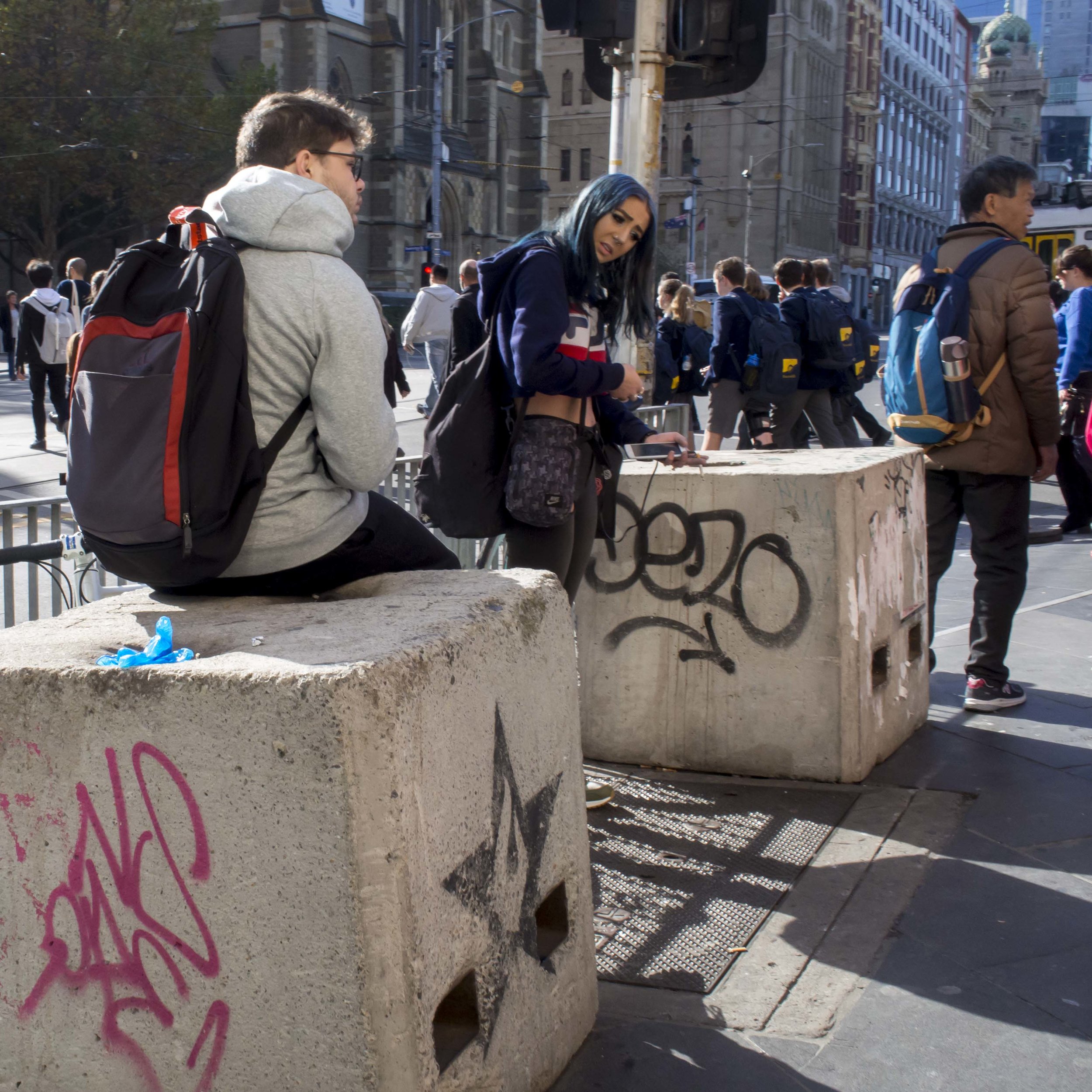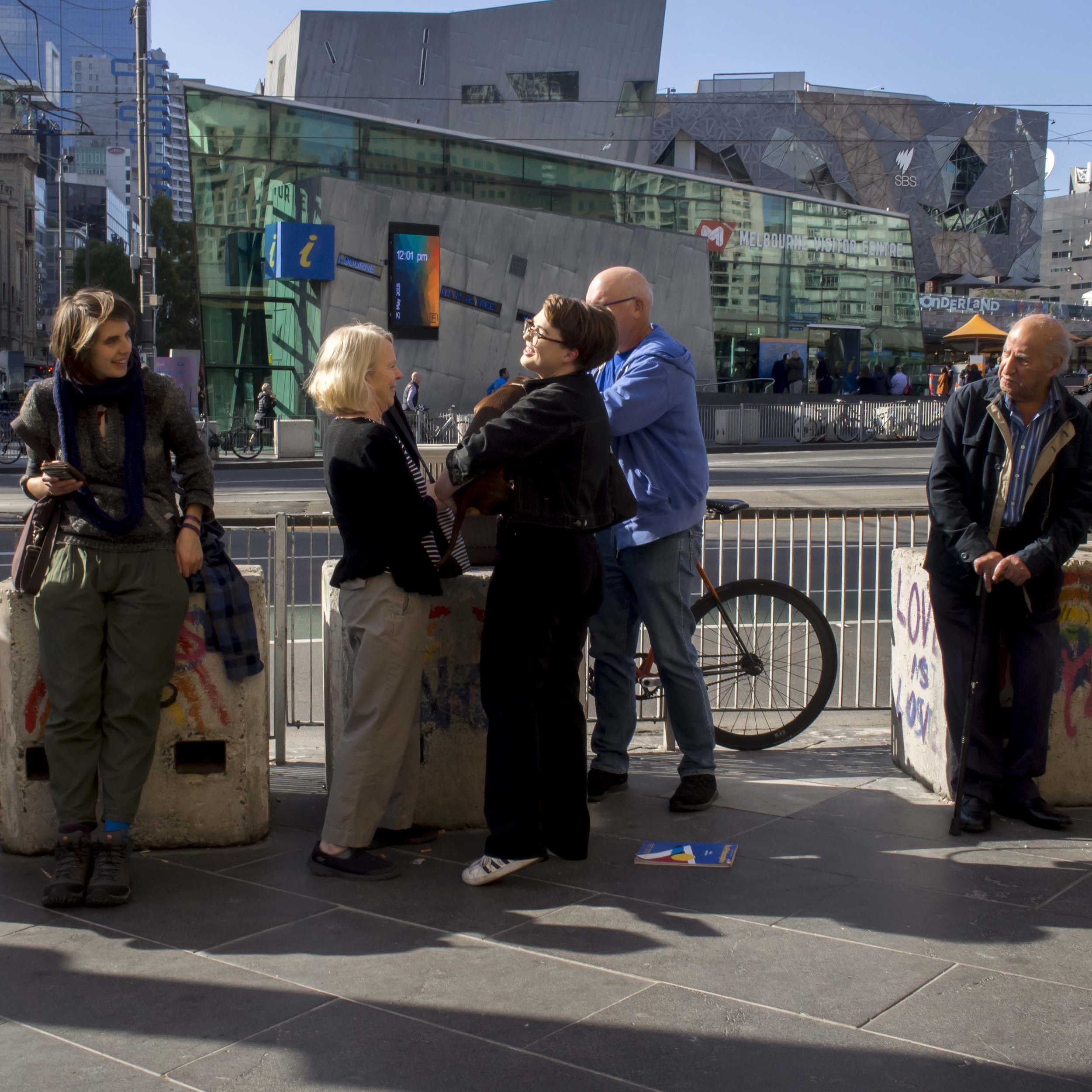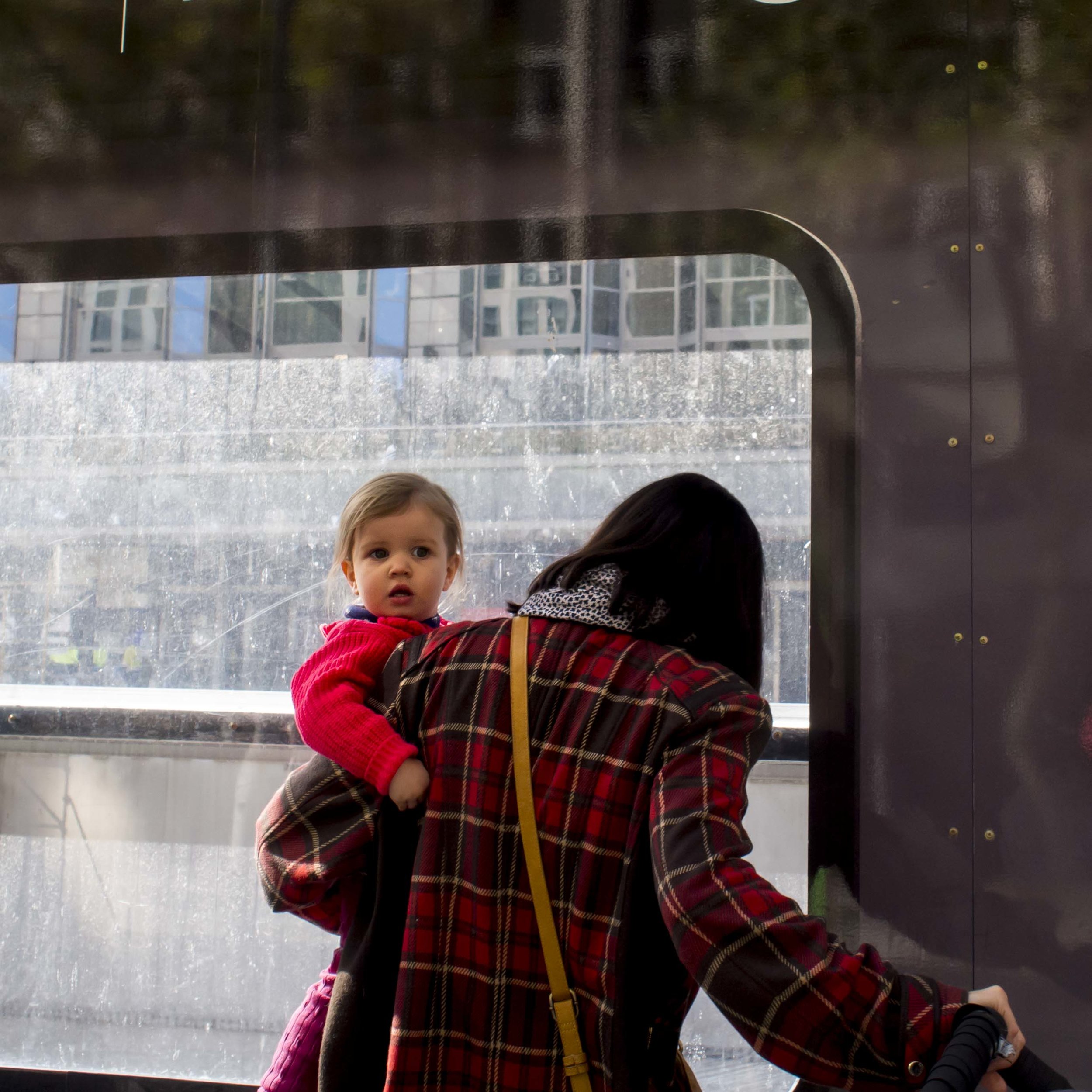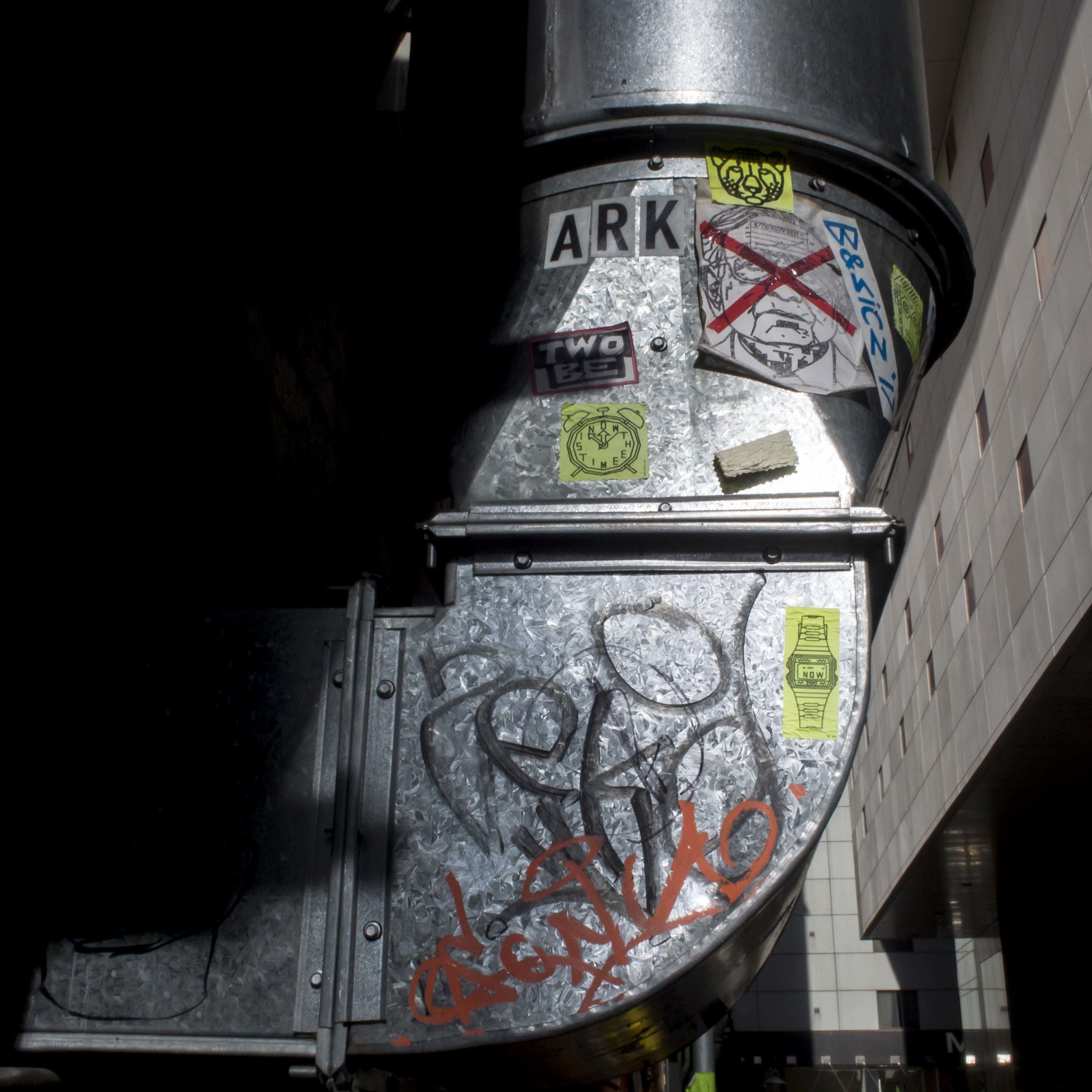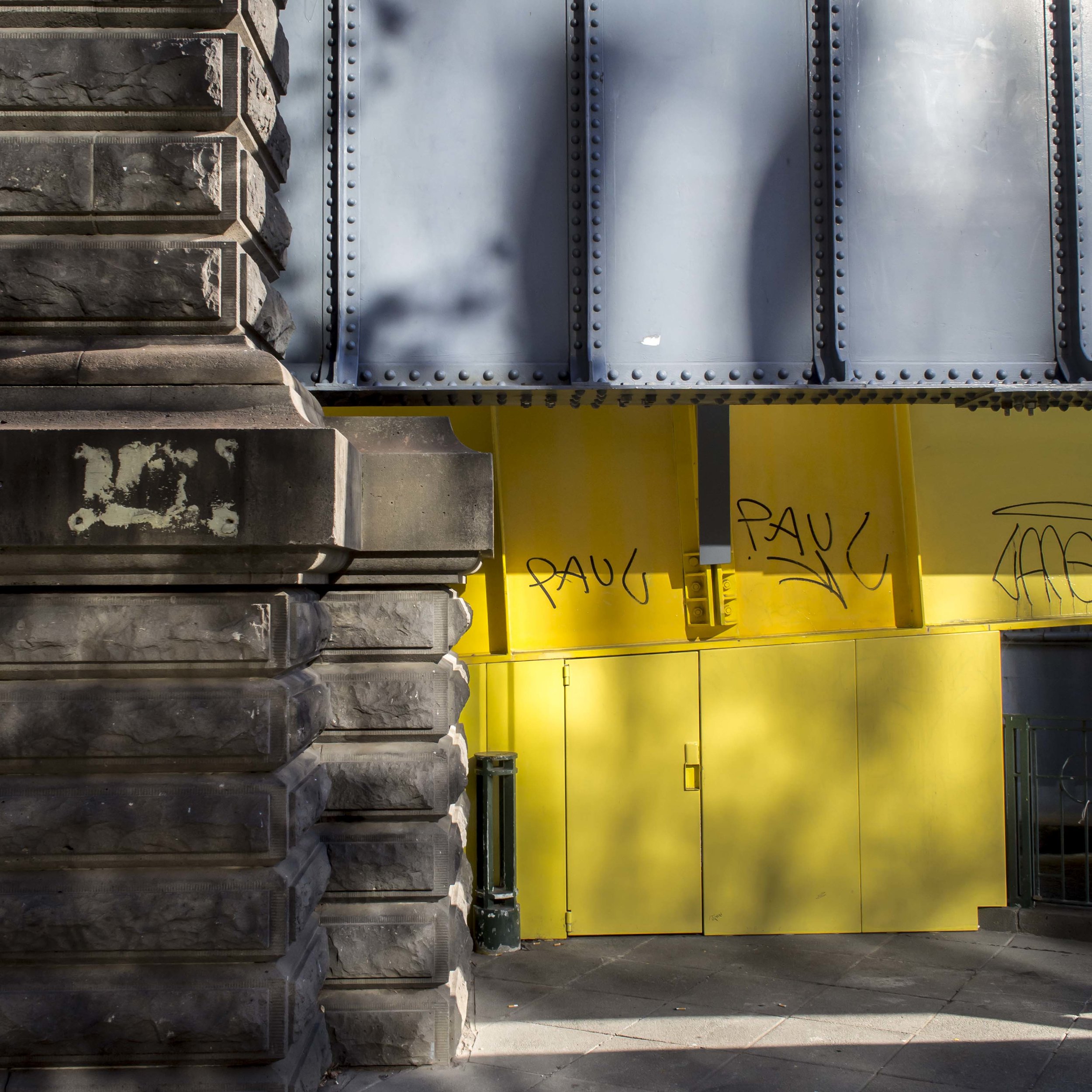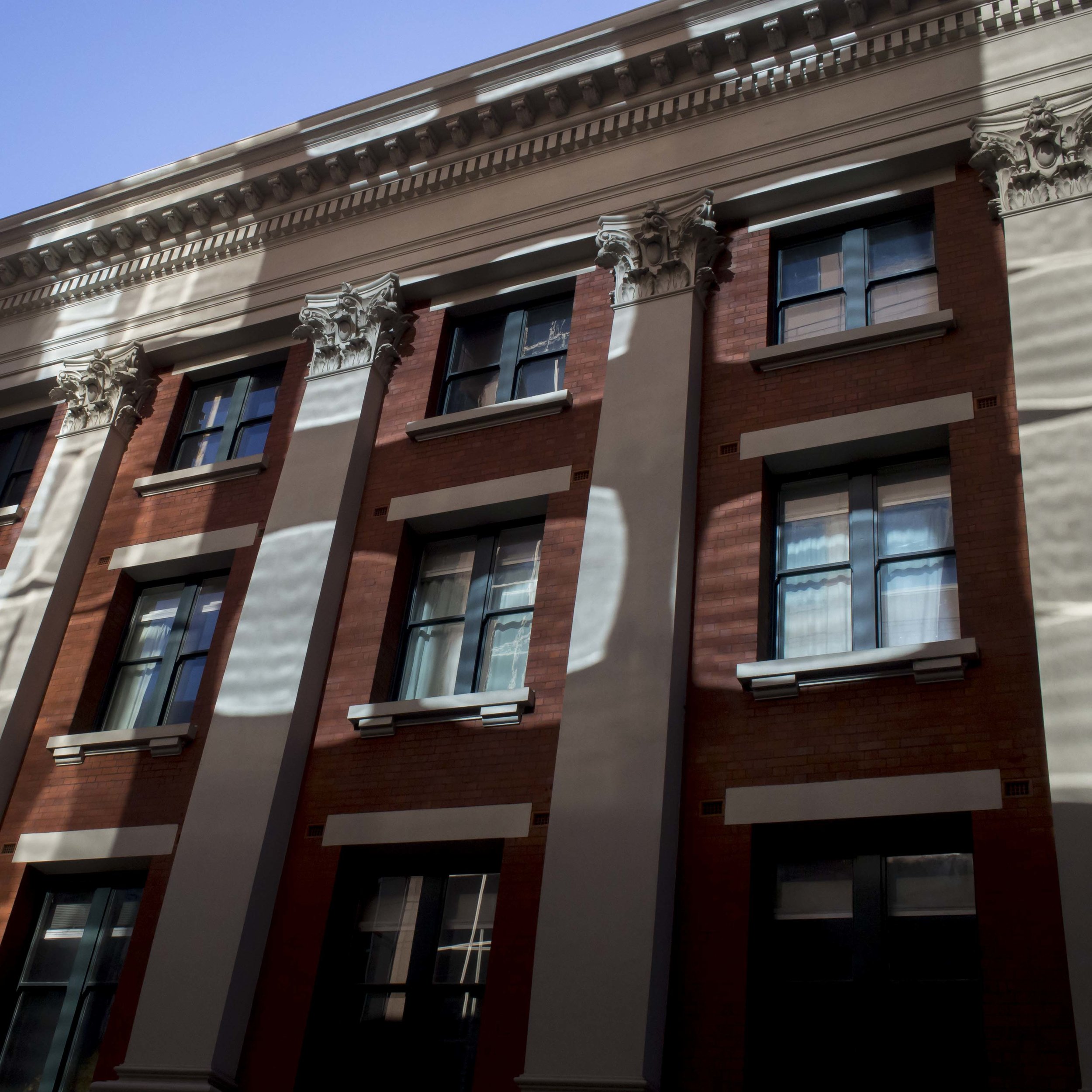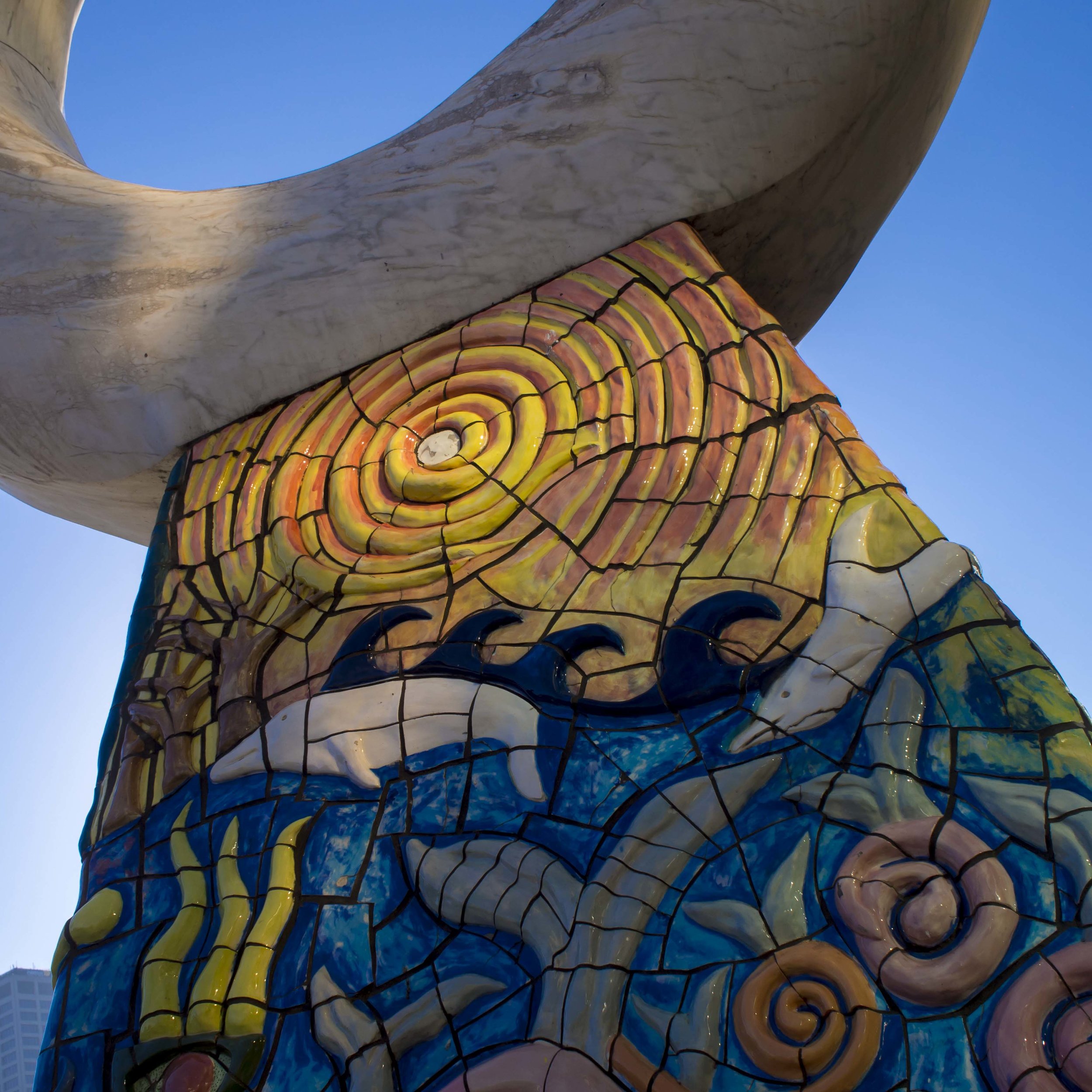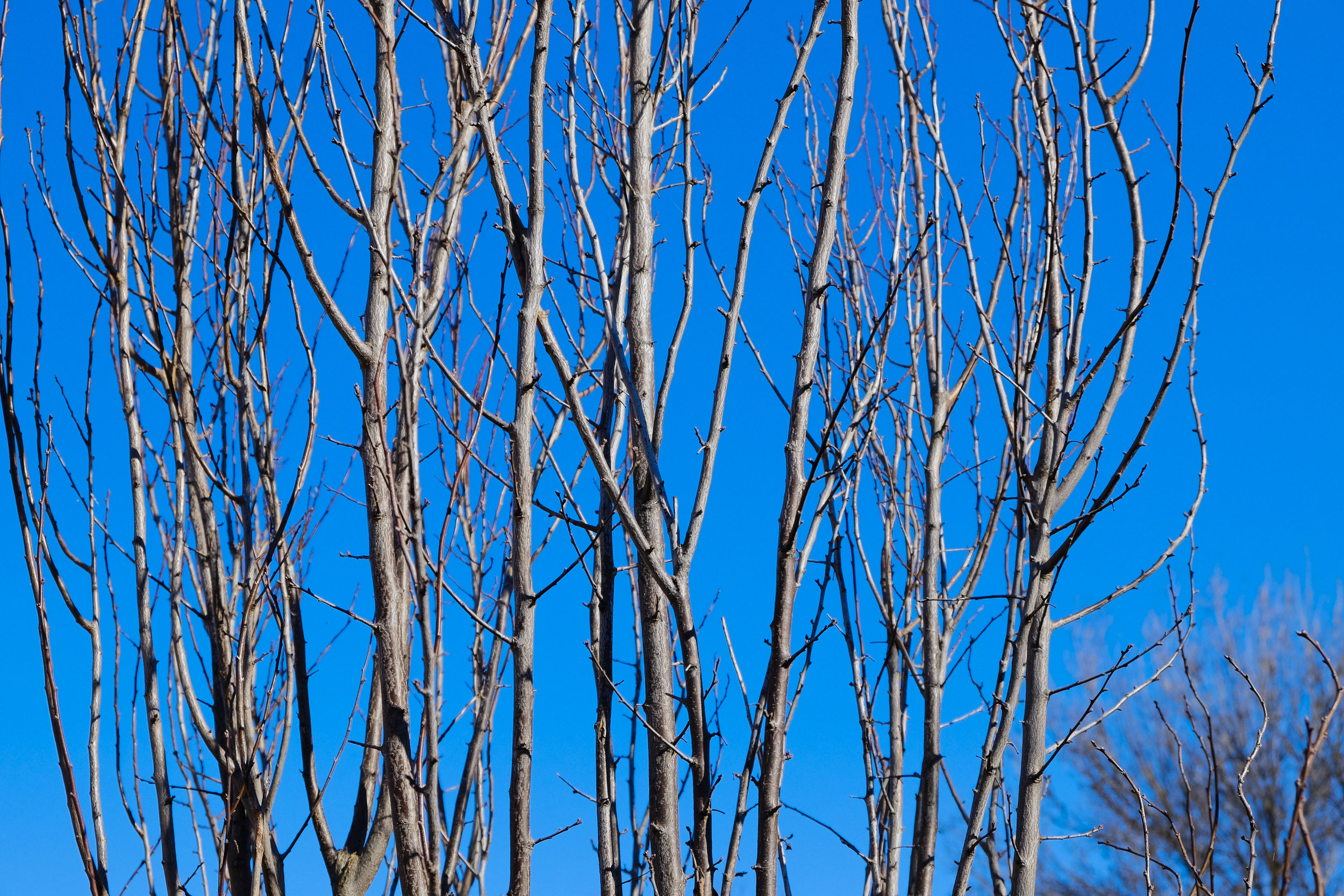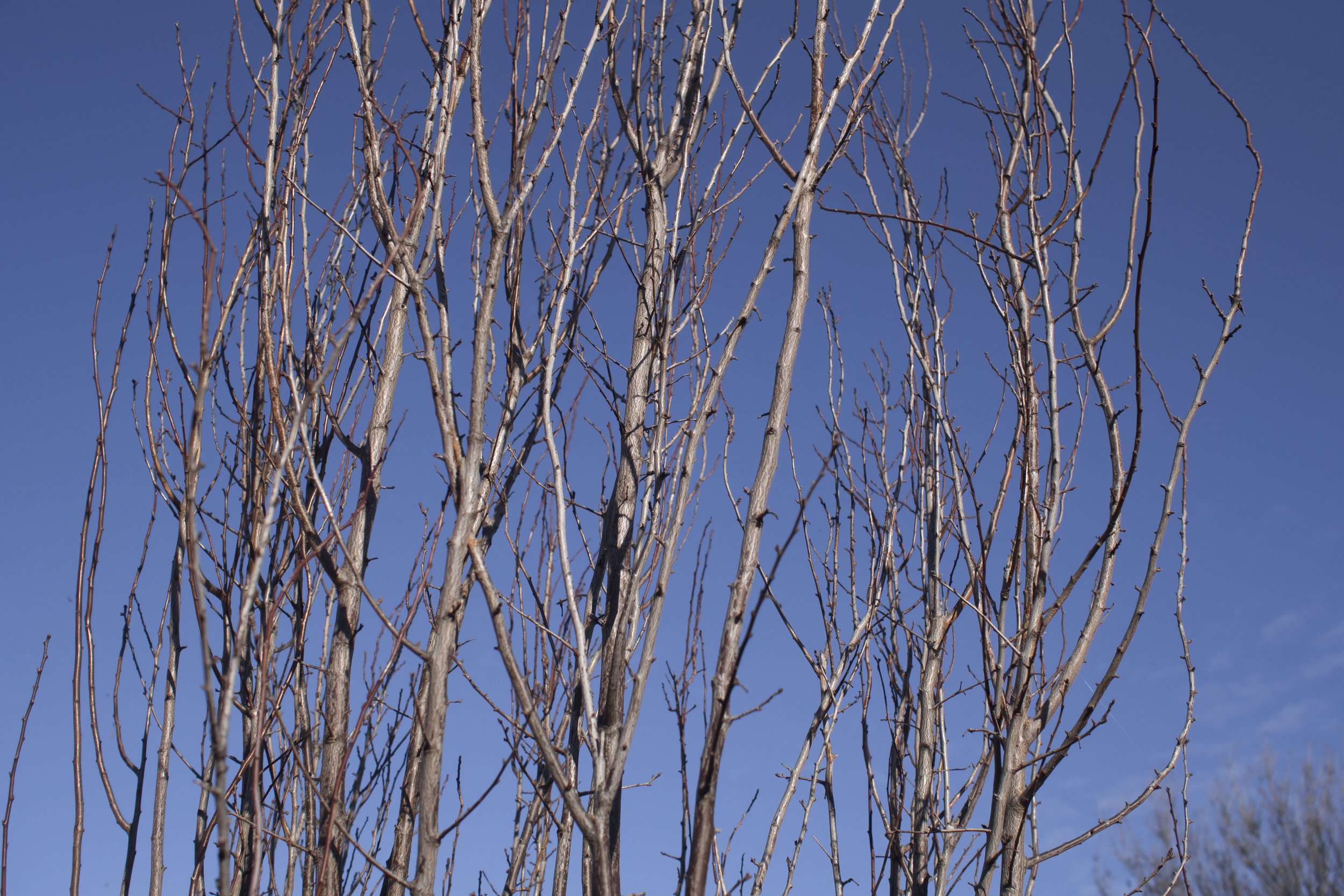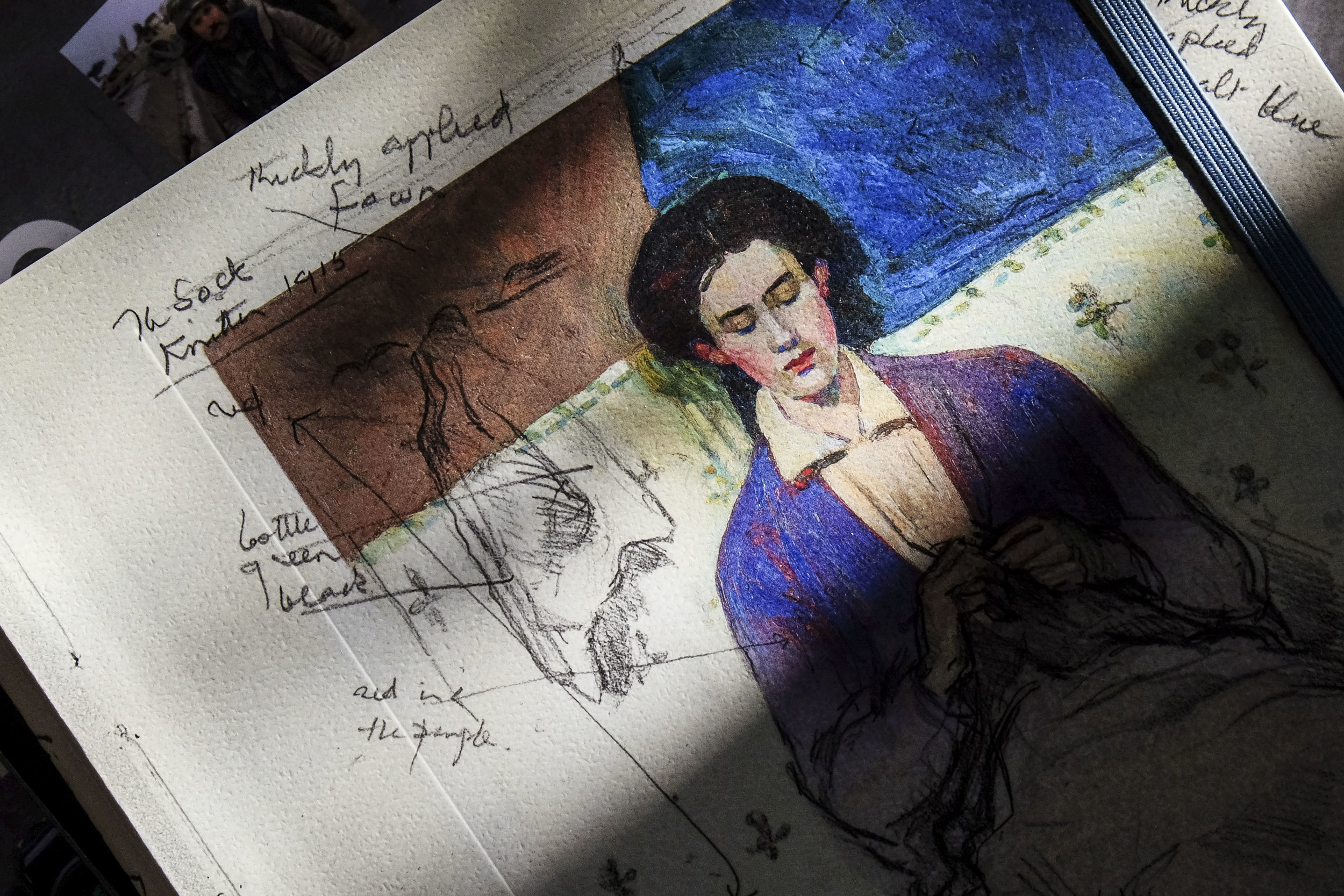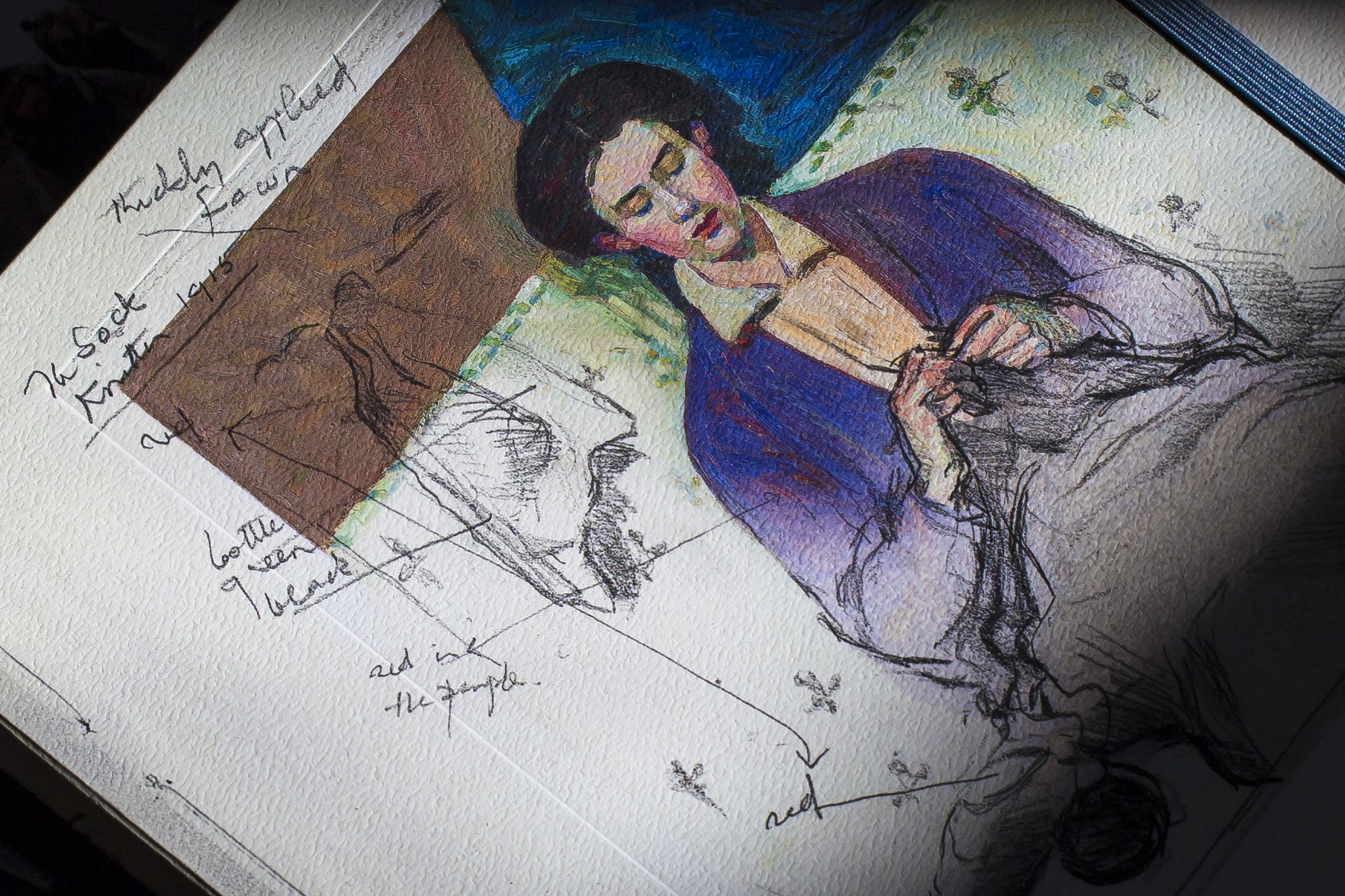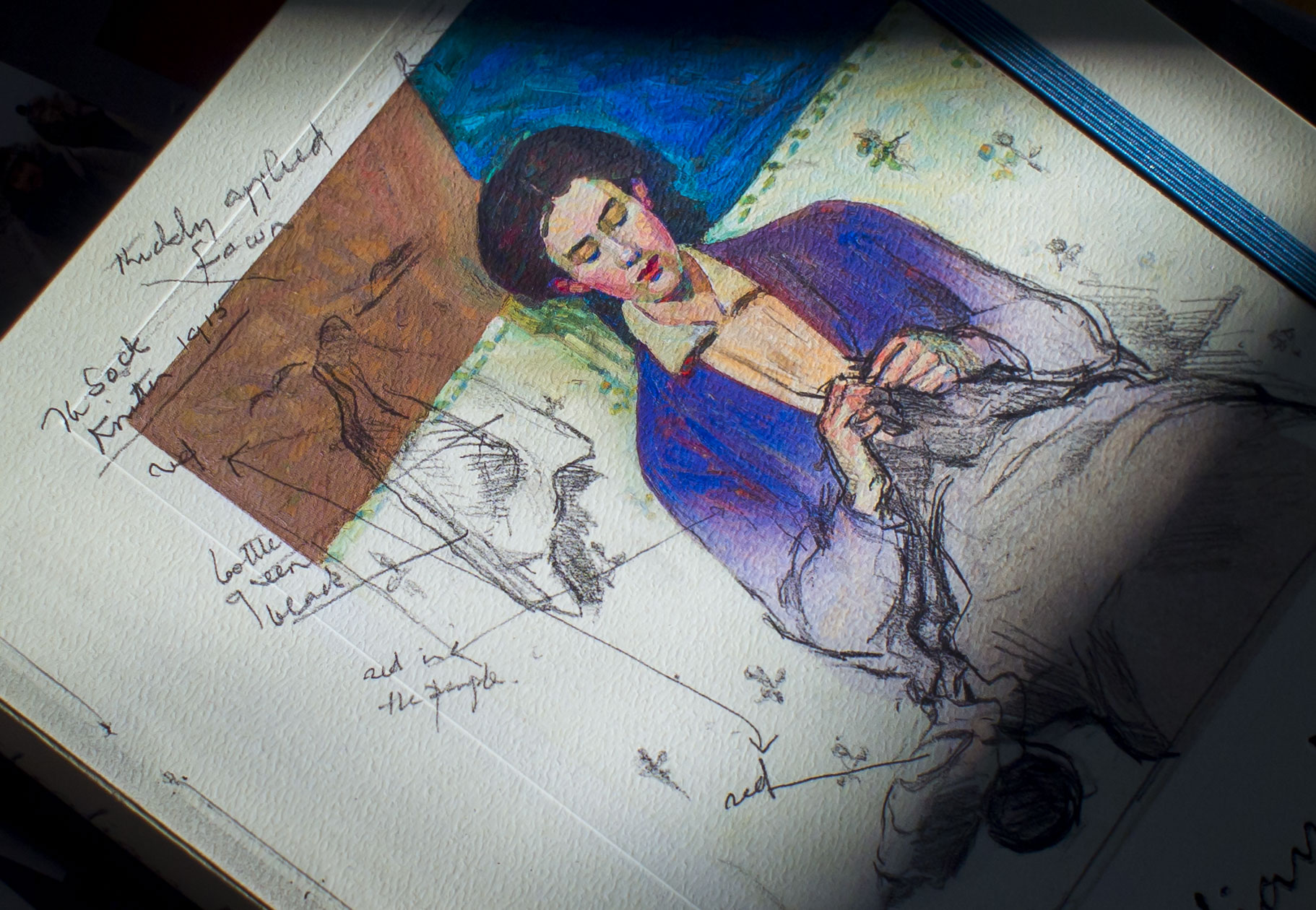Over in the technical essays section I have exhaustively covered my recent thinking on landscape photography and it’s very different needs to street/portraiture and travel.
My thoughts on zoom lenses would be clear to any long time readers of this blog. I don’t generally like them on a number of levels.
Lazy framing. There are a lot of forces at work when composing an image. We have to be aware of them to avoid becoming a slave to the limitations of our technology. Auto focus, eye level viewing and zooming all tend to distract the photographer from more important compositional considerations such as timing, angle, perspective and interaction.
Sticking a big zoom up to your face may seem to be true “immersion” in the subject, but are you thinking of angles, are you missing shots while micro managing framing and is the intimidating contraption in front of your face creating a barrier between you and your subject?
A small prime can be used intuitively. The user becomes used the angle of view, the lens offers, pre-visualising the end product before the image is made because they do not have to guess an enormous amount of possible framing options. yes you can pre select a focal length on the barrel and use the zoom like a prime, but who does. The forced limitations of the prime lens makes you learn it rather than the zoom coming to your demands. This is how we learn to frame, use perspective and become flexible (less distracted) in our photography.
Inconsistency. Generally a zoom lens will have good and bad points. Anything with variations will vary. Makes sense, but it can be hard to swallow when you get unexpectedly bad results out of the blue right next a good image at a slightly different focal length and aperture taken seconds before.
Prime lenses have generally even and predictable temperaments. If they have weaknesses, they are often part of the design choice, not the necessary evil of compromising some of the range for the betterment of the whole.
Bokeh can be an important part of lens choice. A zoom lens can have good, even great Bokeh, but like other performance parameters, it will vary though the zoom range, making it useful only on a case by case basis, not predictably, so not creatively.
Speed. Zooms can be and are getting ever faster in maximum aperture. The Canon 24-70 f2 coming for the new mirrorless range is a “next step” lens for zoom users. The humble 50mm f1.8 offers the same or better shallow DOF and light gathering for 1/10th the price and weight (or less) and in a low profile option. It will always be the way that lens speed will be easier to obtain with a prime lens. As zooms get better/faster, primes do to. As a micro 4/3 user, I can use any aperture available in a practical way. My f1.8 is the full frame users f2.8, so too-shallow-to-use DOF is never an issue and wider choices are employed often. Slow zooms for me are generally of little use.
The strong separation the 75mm gives me at f1.8
Here is the contradiction.
My ideal landscape lens can be;
Big and heavy. I will be moving slowly, interacting with inanimate objects and I will appreciate a little lens bulk for added stability when shooting on a tripod in windy conditions.
A zoom. The practical value of 100% useable framing is far more appealing than sifting through a clutch of primes to find a “near enough” focal length, then cropping away precious pixels later. Add to this the constant changing of expensive filters every time you change lenses and primes loose their gloss quickly in field conditions.
A good to average lens. I will not be using high stress wide apertures, but the more useful and usually better middle apertures. Most lenses, even cheap kit ones are good enough at f5.6-11.
Taken on a safe aperture with a “crappy” kit lens
A slow lens because speed (see above) is not an issue.
The ideal for me at the moment is the 12-100 f4 Pro Olympus.
It is according, to my fairly sloppy, lets call it “field conditions” testing, better than or equal to most of it’s competition, especially across the frame which is important for landscapes. The only two lenses that gave it a run were the Olympus 45mm that I own and the Panasonic 15mm Leica, which tied for quality, but had a nice smooth look (could have been the ever changing light). The 15mm was limiting in range (I already have a decent 17mm), so it was never really a contender. The 100% framing with reliable cross frame performance are a boon. Most reviewers put the lens roughly equal to the 12-40 (some higher, some lower), which is near enough for me.
It has for me the ideal range. Never a big fan of super wide angle lenses, a 24-200 equivalent range is perfect and my 75-300 is a good enough extension when needed giving me an excellent 24-450 and decent 450-600 range.
It has a better than average macro focus. I seldom shoot true macro, but often take detail images.
It is fast enough to be useful and importantly is still good at f8-11 (f16-32 equiv), which can be the starting point of diffraction limitation on M43 lenses. It also has a brilliant stabiliser, which will get those fleeting images tripod users sometimes miss.
It is weather sealed, although my Pen F is not. The back up camera is an OMD body for really bad weather and the plan is to upgrade to an EM5 mk3 next year some time, switching the Pen to street use.
The Bokeh is rated as generally equal to or better than the 12-40, which will be better than the 40-150 pro. Not a big consideration, but if it is good it will be used.
Seems a no brainer and my wife is happy to turn a blind eye to the cost. Perfect.
Now I just have to justify it by using it.








